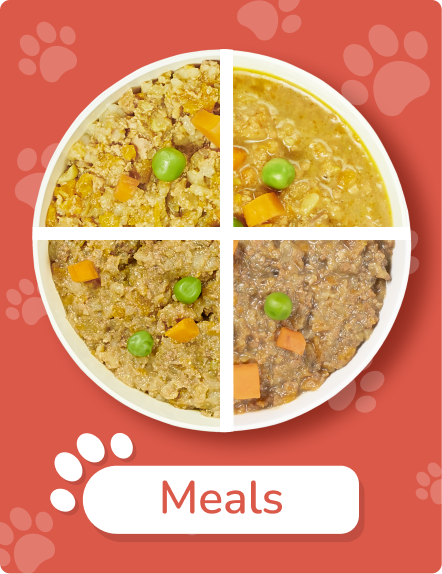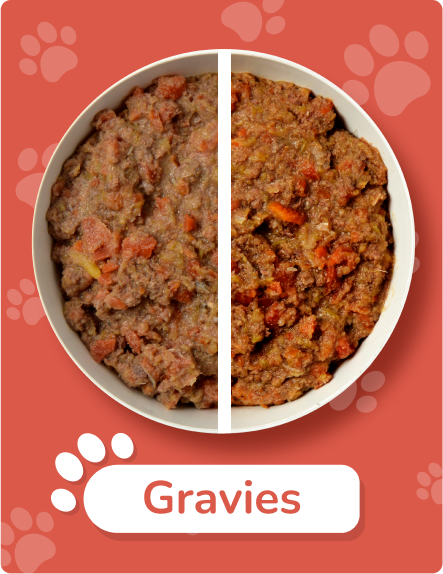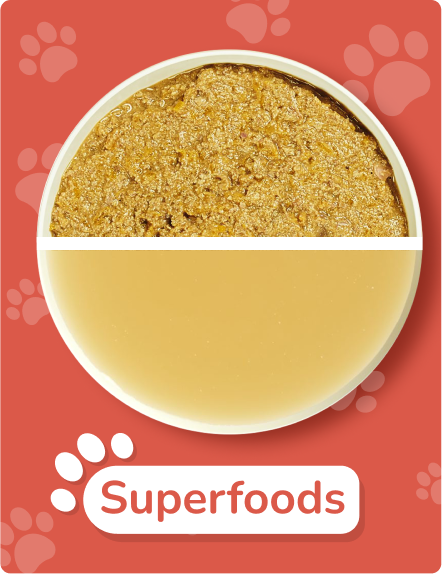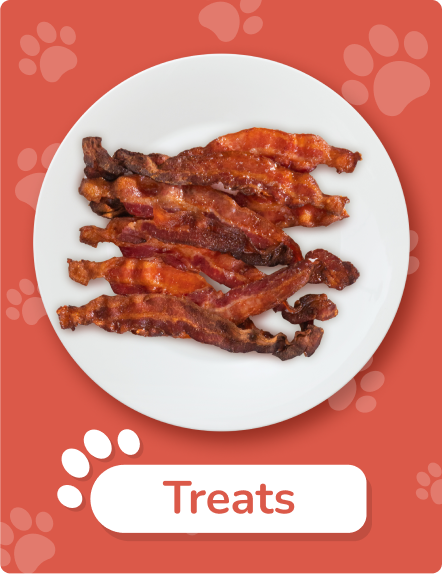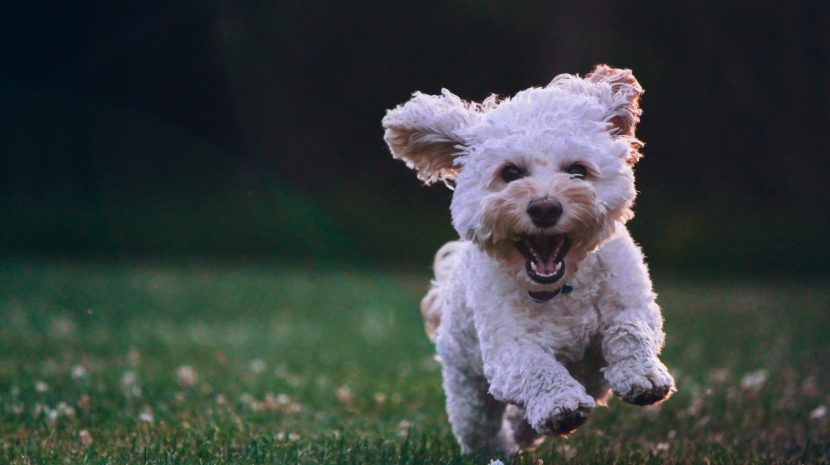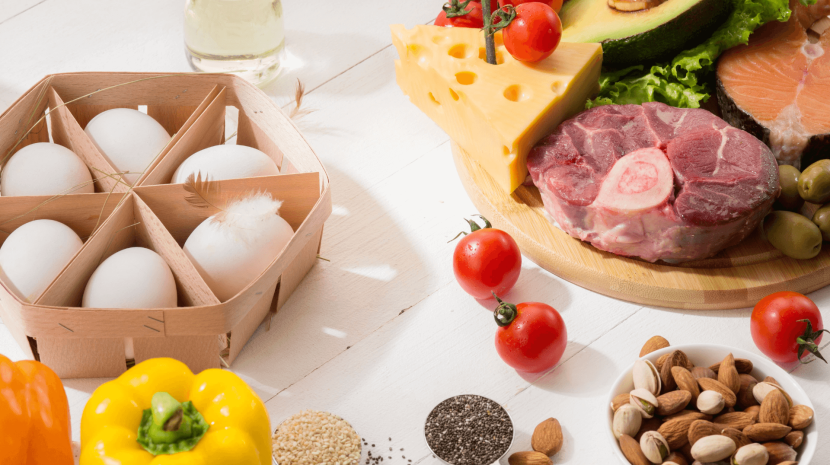Food and meal-times form a major part of your doggo’s world. What they eat is what (we hope) keeps them in the pink of health. But like with everything else, even your pooch’s nutritional needs, eating preferences and overall well-being are all open to change. There are a number of reasons why you might find yourself having to switch your pet from one type of food to the other.
Why Do the Switch?
Let us divide these reasons on the basis of how quickly or gradually you might have to put them into place.
Quick Changes are called for when:
- Your doggy, rebelling against their current food, has turned into a fussy eater.
- Their current food is suddenly causing them digestive distress (nausea, constipation, diarrhoea, etc) or an adverse food reaction (food allergies, GI tract issues, etc).
- They’ve been diagnosed with a health condition that requires them to be put on a specific diet.
- The food you had been feeding your dog is suddenly no longer available in the market!
You can go slow with the swap when:
- Your pup is all grown up and now is that anxious but exciting time when they shall transition from baby food to the adult stuff.
- Conversely, your doggo is getting on in years and as a senior dog, their changing requirements/capacities need to be addressed(discover some essential foods for your senior doggo).
- In case of chronic ailments like obesity, osteoarthritis, cognitive decline, etc, your vet might recommend a diet that will help slow down the progression of such conditions .
- You have come upon a new brand of food that is better for your doggy.
- You wish to switch your dog from dry kibble to fresh food with healthy ingredients.
Now that we’ve looked at some of the whys for swapping one diet for the other, let us consider how you could go about this as systematically as possible (to lessen troubles for all involved)!
How to Do the Switch
Some dog species have an in-built system that is so adaptable that no kind of change will affect them. Other doggies are more vulnerable to switching, especially when the thing in question concerns their food. Moreover, the vulnerability becomes manifold when this new food is suddenly thrust onto them and that too, in large quantities. In such a scenario, chances are that your fur baby will end up with
- an upset stomach
- will refuse to eat
- might lose interest in their daily activities (due to low energy)
- might even sulkily withdraw from you
To keep all these at bay, it is best to make the transition gradually and gently, over a period of 5-7 days (if possible). So the ratio of your doggy’s old food to their new diet could look something like this:
| Day | Old Food | New Food |
|---|---|---|
| 1 | 90 % | 10% |
| 2 | 80 % | 20 % |
| 3 | 70 % | 30 % |
| 4 | 60 % | 40 % |
| 5 | 40 % | 60 % |
| 6 | 20 % | 80 % |
| 7 | Nil | 100 % |
The transition period may be stretched even more (over 7-15 days), if you have a doggy who
has a history of struggling with food changes
- this is the very first time they will be experiencing such a switch
- if you are introducing your pet to a life-stage (age-appropriate) or prescription diet
- if you are swapping from one brand to the other
- if you are giving your dog a kind of food they’ve never eaten before
The greater the changes are and the more sensitive you feel your pooch is, the longer can be the transition period. When you are changing to a new life-stage diet, giving your doggo around two weeks’ time to come around to it is common. Even your vet might recommend starting your pooch on their prescription diet (customised diet aimed at getting rid of nutritional deficiencies) once they get relief from their current symptoms (if going slow is an option).
Watching over your Pet
While you’ve put your pooch on a new diet, it is necessary to watch out for changes that the new food is bound to make. Observing the colour, consistency (softness or hardness) of your doggo’s poop will give you a fair indication of how well (or badly) the food is faring. While minor alterations in their poop are pretty normal, any major changes should make you visit the vet. A reliable way to assess your pet’s poop is by referring to a Faecal Scoring Chart. The ideal score is 3-4, as anything below indicates constipation/dehydration and the higher numbers point to loose stools which could be caused by gastrointestinal issues.
Having said that, it is a good idea to keep in mind that when the switch is taking place from a processed food diet (i.e. dry kibble) to a fresh food one (i.e. wet food), it is normal if your furry friend goes off on a detox period (which can last as long as 3 weeks). What this means is that their bodies, busy in getting rid of toxins, might display certain changes that may appear alarming at first but are really nothing to worry about. Some of these include: loose stools/mucus on stools, greasy skin and coat, foul breath, rummy eyes, etc.
After a few month’s time, if the new food is doing them good, you can expect to see your pooch flaunting a bright and shiny coat, clear eyes, no foul breath (if all’s well with their oral health) and firm and non-gaseous stool. You may have to adjust the quantity of the new food according to your pooch’s nutritional needs and current/desired body/weight. But before reaching this stage of success, there may be a number of obstacles you may have to overcome to get that new food into your dog’s tummy.
Let’s find out more!
Possible Problems during Transitioning (and How to Deal with them)
- Adverse Food Reaction: This blanket term is commonly used to describe any (and all) food-related problems your pooch might face. It includes food allergies, food intolerance and a host of GI tract issues. There can be two ways in which symptoms of an adverse food reaction present: gastrointestinal (nausea-vomiting-diarrhoea-loss of appetite) and cutaneous (rashes, itching, hair loss, skin inflammation). If you come across these, it’s best to consult the vet, since there are other illnesses that (may) present with similar signs.
- Your furry friend refuses to eat: In this case, if you’re dealing with a healthy, adult dog, you can let them skip a few meals (after which, more often than not, they’ll come around). Adding an enticing topper to the bowl containing the new food can also make it attractive. If the fussy-eating continues, try switching to an altogether new diet until something works out. In case you have a pup, an ill or a diabetic doggy, letting them go hungry is not a great idea. So keeping in touch with their vet during the swap period is advised.
- Your doggo develops mild diarrhoea: If it is possible, you might try going back to the old food, to give your pet pal’s tummy time to settle down. Then, you can slowly re-start the tiny feedings of the new food. If the diarrhoea kicks up again, something in the new diet is not suiting your four-legged companion. So try a new diet. Adding plain pumpkin to the food and giving your doggy a probiotic will help ease the discomfort caused during the switch.
Are you one of those pet parents who have to switch their pets’ food? You may be introducing your fur baby to adult food. Or you’ve noticed that your senior dog’s interest in their food is diminishing by the day. Or you want to make sure your dog’s diet is just as healthy as yours. Whatever may be your reasons, we, at PetChef, will never disappoint you. Our (four differently flavoured) Meals are cooked in bone broth and prepared using either chicken or mutton muscle and organ meat, fresh vegetables, all-natural supplements and brown rice (a great ingredient for promoting satiety). If you wish to feed your doggy home-cooked food, we bring you our mouth-watering Supper Topper to take care of all that fussy-eating. Equally irresistible is the Chicken Jerky Treat, a high-protein, low-calorie snack for those relaxing times. You can also opt for the 24-hour Bone Broth, the nutritional powerhouse that is sure to entice your beloved pet into gulping it down the moment it’s placed before them!

